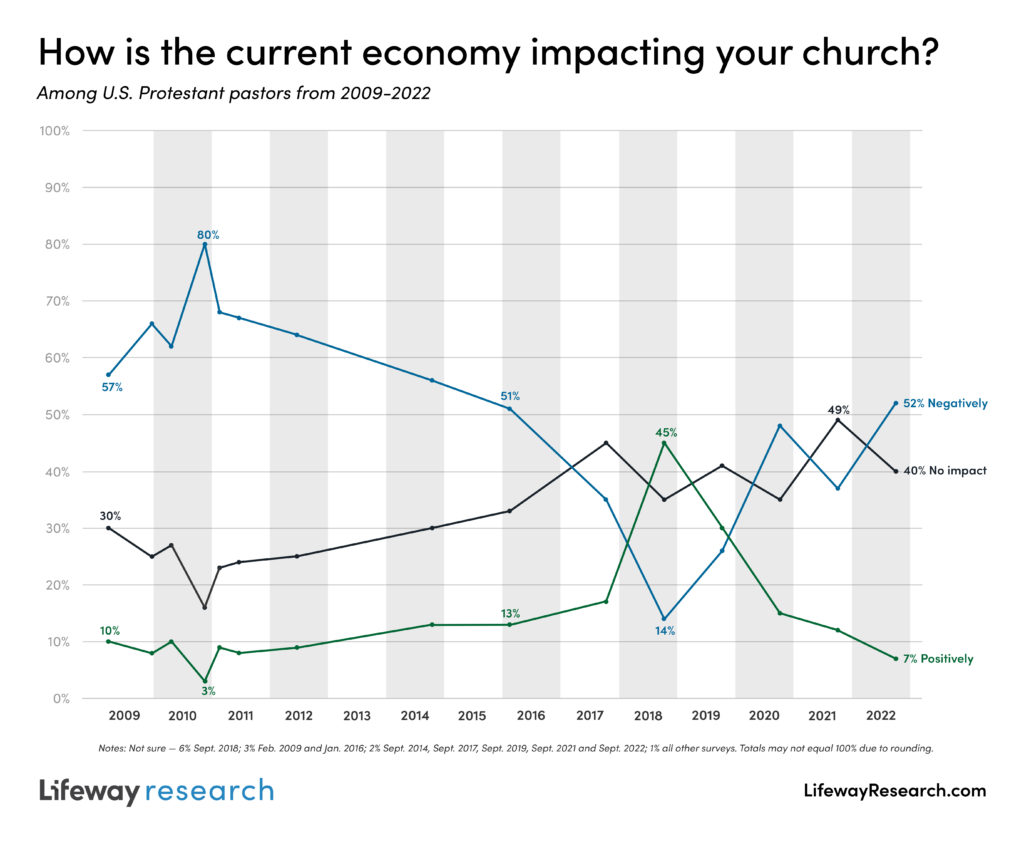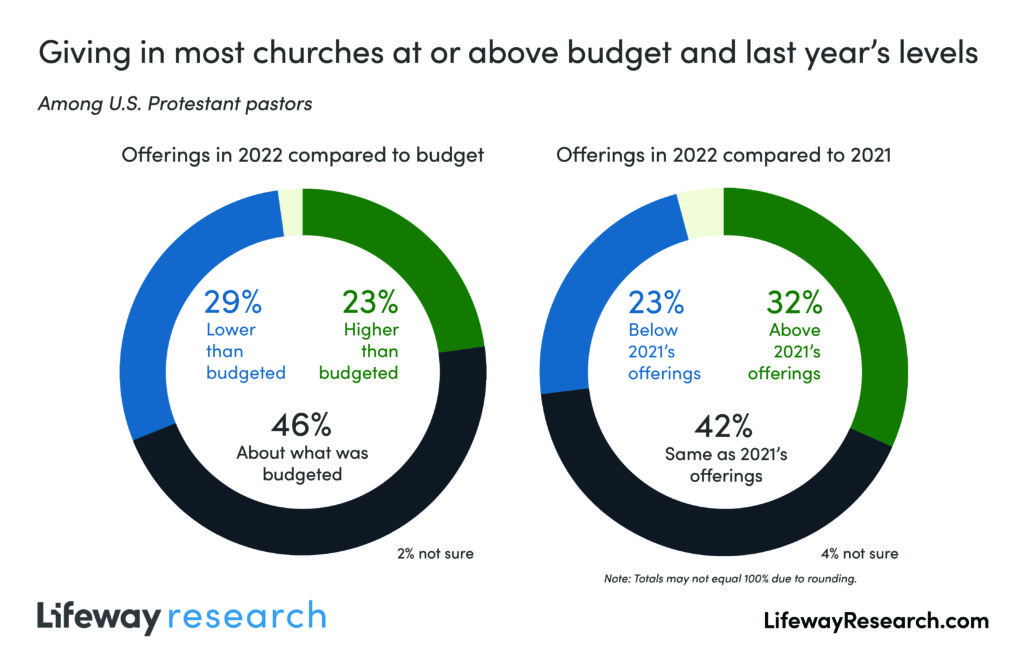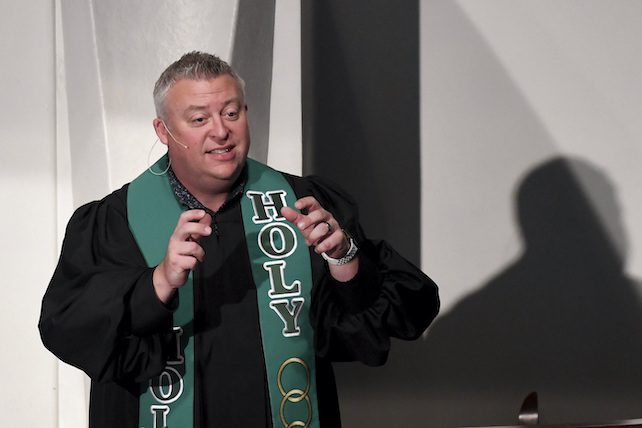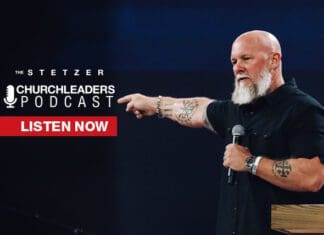MANCHESTER, Pa. (BP) — An independent Baptist pastor has resigned from his elected position on the local school board, saying it proved incompatible with his duty to uphold the Bible.
William “BJ” Volkert, youth pastor at Bible Baptist Church in York, also faced threats of lawsuits in his seat on the Northeastern School District board in Manchester. Particularly, he suffered backlash after he said that sexuality and sexual orientation should not be included in a Diversity Day observance.
“I said that sexuality should not have a place in our schools,” Volkert told Baptist Press. “Celebrate culture, ethnicity, etc., but leave sexual orientation out of the celebration of diversity as it is very sensitive in nature.
“As far as why I removed myself from the board, it summed up that I was eventually going to come before a judge. I wholeheartedly believe that,” Volkert said.
RELATED: NY Private Schools Must Show They’re Teaching the Basics
“It was brought to my attention that if we educate students on the suicide rates of certain lifestyles, if we educate them on diseases that only come from certain activities, and if we introduce them to open biblical principles, that we as individuals of the board could be sued for violating legislation that had been passed.
“I cannot remove myself from the Bible. It is everything to me; it’s everything I stand on. I will, I believe by the grace of God, go the grave believing everything that it says,” he said.
Barrett Duke, a Southern Baptist state executive director and former ethicist, lamented Volkert’s departure from a public position, especially in the current cultural climate of public education.
“It’s hard nowadays trying to live as a faithful Christian in the public square. It’s unfortunate that this young man was beaten down by his critics and forced to vacate an important position in the community,” Duke told Baptist Press. “Jesus told us that we are the salt of the earth and the light of world and that we have a responsibility to bring God’s truth into every area of public life.
“It’s especially hard when we learn what children are being taught many times in public school. I hope this community wakes up to what’s happening in their public schools and that someone else, another committed Christian, will run for that position on the school board,” Duke said, “and that other Christians will join in that effort to help their schools reflect biblical values.”
RELATED: More Than 100 Spontaneous Baptisms at Christian School Result in Some Upset Parents
A replacement has been appointed to serve in the seat Volkert vacated, but the appointee will have to run for the seat in 2023 to continue serving, the York Dispatch reported. Volkert had been elected in November 2021.
Duke encourages those facing such predicaments as Volkert’s to seek help from nonprofit legal firms working to protect religious liberty in the public square.
“This is why Christian legal ministries are so important. I hope in the future as other Christians in the public square come under attack,” Duke said.
Diversity Day was an attendance-optional high school celebration last spring that included an hourlong presentation of videos and tables showcasing various cultures, the York Dispatch reported.
Volkert said he’s not deserting the fight for biblical truth.
“Ultimately, I believe I would better serve the community by not being on the board. Please know I have no (ill will) against the board or the administration. I leave this board in an endeavor to get to the root of the problem of the public school system,” Volkert said in a Facebook post explaining his departure. “I in no way intend to remove myself from the fight. I want what is best for our community. And what I believe is best for our community is to hear the Gospel loud and clear.
“Jesus Christ is the remedy to the public school situation we are in. I did not have liberty to say this as a member of the board.”
In his resignation speech, Volkert said he’d rather answer to his ultimate judge, Jesus Christ, who will judge “the living and the dead,” assigning one of two destinations, “heaven or hell.” He reiterated his love of all people.
“With that in mind, I’ve been called many things. I’ve been called a male chauvinist, sexist, transphobic, homophobic and racist, just to name a few. I wanted to clear the air,” Volkert told the board. “I don’t hate any individual. I don’t hate any group of individuals. I don’t hate any way that people identify. … I just want to make that clear to the students, faculty and community, that I do not have one ounce of hate towards any people group, nor do I prefer any people group over the other.
Volkert’s children attend Bible Baptist Christian Academy in York, a ministry of the church he serves.
This article originally appeared at Baptist Press.






























